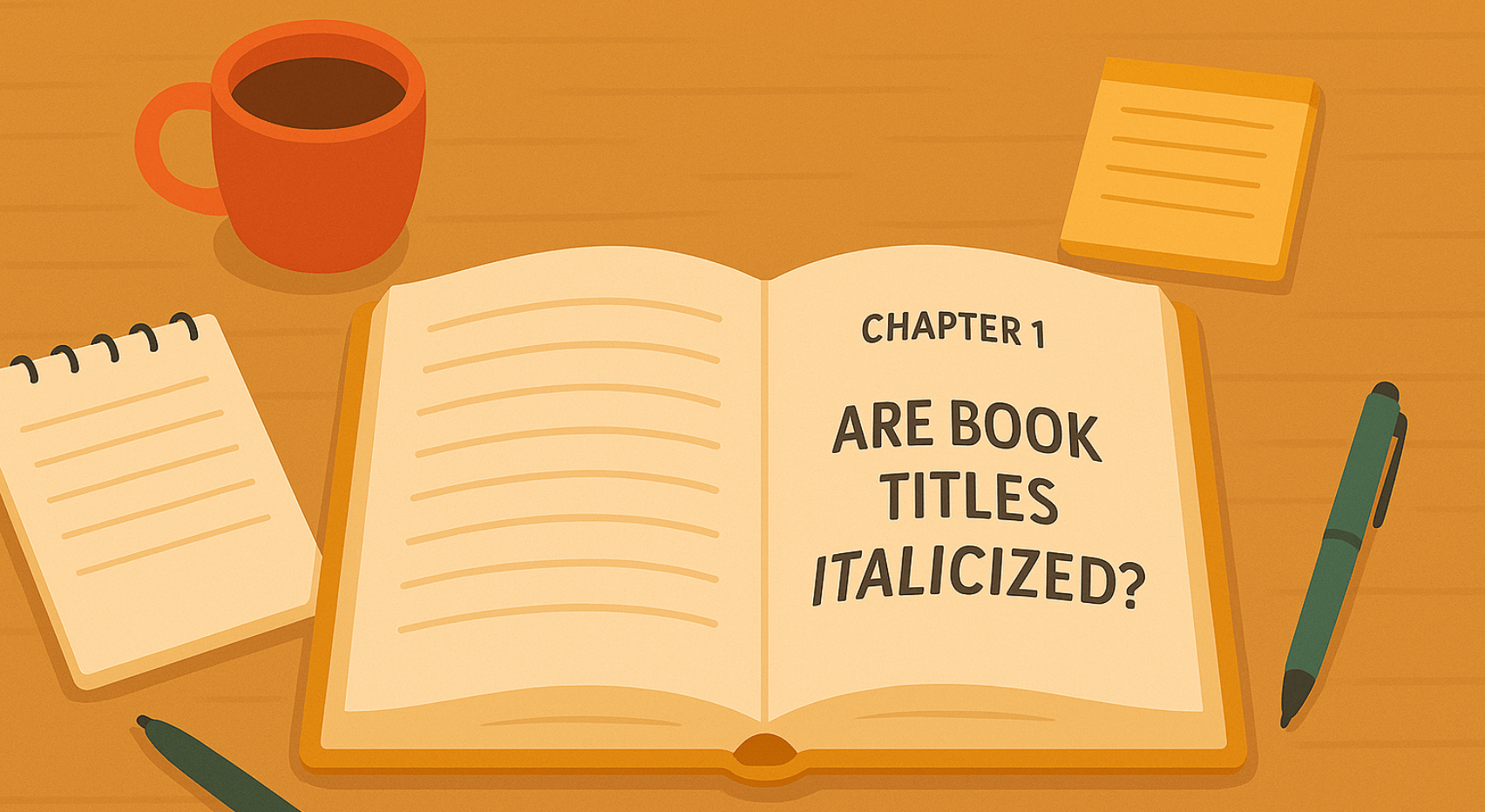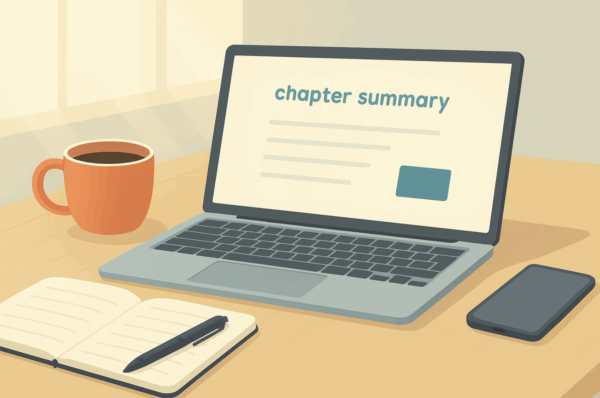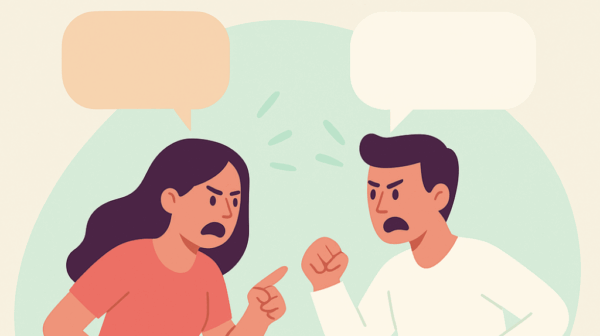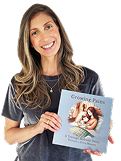Imagine opening a book and being thrown into a scene with no idea where or when it takes place. Are we in a medieval castle, a dystopian future, or your neighbor’s backyard? Who are these people, and why should we care? Without exposition, stories would be chaotic, confusing, and—let’s be honest—completely unreadable.
So, what does exposition mean in a story? Simply put, it’s the foundation. The part of the story that subtly (or sometimes not-so-subtly) sets the stage. It introduces the setting, characters, and basic conflict so the reader isn’t wandering around in a narrative fog. In exposition definition literature, it’s considered one of the five essential plot elements, alongside rising action, climax, falling action, and resolution. Think of it as the opening move in a game of chess—strategic, crucial, and setting up everything that follows.
But here’s the tricky part: exposition can be a masterpiece or a momentum-killer. Do it well, and your readers are effortlessly drawn into your world. Do it poorly, and they’re skimming past your beautifully crafted paragraphs in search of the “real” story.
In this guide, we’ll dive deep into what is the exposition of a story, why it’s so essential, and—most importantly—how to write an exposition that keeps readers hooked. We’ll break down types of exposition, look at great (and terrible) examples, and give you tips to master this crucial storytelling skill. Ready? Let’s begin.
What Is the Exposition of a Story? (And Why Should You Care?)
Every great story starts with a foundation. Before the hero embarks on their adventure, before the villain reveals their master plan, and before the first dramatic twist unfolds, the reader needs to know where they are, who they’re following, and what’s at stake. That’s where exposition comes in.
So, what does exposition mean in a story? In simple terms, it’s the part of the narrative that sets the stage. Exposition definition literature refers to the introduction of key story elements—characters, setting, and the basic conflict. It’s like the opening scene of a movie: whether it’s a sweeping landscape shot or a close-up of a mysterious letter, it’s there to ground you in the world of the story.
But here’s the catch: good exposition is practically invisible. When done well, you don’t even realize you’re absorbing information—it’s baked into the action, dialogue, and atmosphere. Think of the opening of Harry Potter and the Sorcerer’s Stone. In just a few pages, we learn about the ordinary, magic-hating Dursleys, the mysterious baby on their doorstep, and the world of wizards, all without feeling like we’re reading a textbook.
Bad exposition, on the other hand? It’s a brick wall of information, stopping the story dead in its tracks. Ever slogged through a novel where the first chapter reads like a Wikipedia entry? That’s an exposition gone wrong.
In the next sections, we’ll break down the different types of exposition, how to write it effectively, and some killer examples that prove it’s one of the most powerful storytelling tools when used correctly.
The 4 Types of Exposition (Yes, There’s More Than One!)
Not all exposition is created equal. In fact, there are four distinct ways to sneak exposition into a story without boring your reader to death. The best writers mix and match these methods like a chef seasoning a dish—just the right amount, at just the right time.
1. Description: Painting a Vivid World
This is the classic way to set the scene—describing the environment, time period, or mood to immerse the reader. Think of the haunting opening of Rebecca by Daphne du Maurier:
“Last night I dreamt I went to Manderley again.”
In a single line, we get intrigue, atmosphere, and a hint of nostalgia. Good description gives just enough detail to make the world feel real, without drowning the reader in adjectives.
2. Dialogue: When Characters Do the Heavy Lifting
Great writers use dialogue to reveal the backstory naturally. Instead of a long-winded history lesson, characters can drop key details in conversation. In The Great Gatsby, Nick Carraway doesn’t give us a five-page essay on Gatsby’s past—he lets other characters gossip, speculate, and hint at it. The result? The exposition feels dynamic and engaging.
3. Thoughts and Feelings: The Inner Monologue Trick
Sometimes, exposition comes straight from a character’s head. This method works brilliantly in first-person or close third-person narration. Take The Hunger Games—Katniss constantly reflects on her past, her fears, and the rules of her dystopian world, giving readers essential exposition without making it feel forced.
4. Direct Narration: When the Author Steps In
Sometimes, the storyteller just tells you what you need to know. Classic literature often uses this approach (“It was the best of times, it was the worst of times”). While direct narration can work, modern readers often prefer more subtle techniques—so use this one sparingly.
Mastering these four types of exposition will make your storytelling seamless and engaging—because the best exposition is the kind you barely notice at all.
How to Write an Exposition That Hooks Readers
Exposition is like salt in a recipe—too little, and your story is bland; too much, and you’ve ruined the dish. So how do you write an exposition that keeps readers turning pages instead of skimming through endless paragraphs of backstory? Here are a few golden rules.
Skip the Info Dump!
Nobody wants to read a 10-page history lesson before the story even starts. Yes, your world, characters, and lore are fascinating—but dumping everything at once is the fastest way to lose your reader. Instead, reveal details naturally through action, dialogue, and atmosphere.
Bad Exposition Example:
“The kingdom of Eldoria had been at war for 200 years. The first war began when King Aldred betrayed his brother, sparking a series of battles that led to the formation of the four ruling houses…” (Zzzzz.)
Better Exposition Example:
“The royal banners hung in tatters. No one replaced them anymore—after 200 years of war, who cared about symbols?” (Curious? Good—that’s the point.)
Show, Don’t Tell—But Sometimes, Tell Just a Little
The classic writing advice holds true: let readers experience the world instead of spoon-feeding them information. But here’s the twist—sometimes, a little direct exposition is necessary. The trick is to blend it seamlessly into the story.
Compare these two:
“Sarah was nervous about the test.”
“Sarah’s fingers drummed against the desk, her leg bouncing under her chair. She hadn’t slept all night—if she failed this test, she was doomed.”
See the difference? We learn about Sarah’s emotions through action, not a flat statement.
Sprinkle Details Like Breadcrumbs
The exposition should feel organic—tiny clues that slowly paint a full picture. Think of The Hunger Games: we don’t get a full history of Panem upfront. Instead, details about the Capitol’s cruelty, District 12’s poverty, and the origins of the Hunger Games trickle in naturally.
First Lines Matter—Start with Intrigue
Your opening sentence should make readers desperate to know more. Consider these famous examples:
- “It was a bright cold day in April, and the clocks were striking thirteen.” (1984)
- “All children, except one, grow up.” (Peter Pan)
These lines introduce the world while creating mystery—exactly what a great exposition should do.
If you master these techniques, you’ll know how to write an exposition that draws readers in without overwhelming them. Keep it tight, keep it intriguing, and leave them hungry for more.
Killer Examples of Exposition in Action
Great exposition doesn’t feel like exposition—it feels like a natural part of the story. The best authors (and filmmakers) weave in world-building, character introductions, and backstories so smoothly that we don’t even realize we’re being told anything. Here are three brilliant examples of exposition done right.
“Harry Potter and the Sorcerer’s Stone” – Just Enough, Just in Time
J.K. Rowling introduces us to the Dursleys and Privet Drive in a way that feels effortless. We quickly learn that the Dursleys are painfully ordinary (and proud of it), that strange things are happening around them, and that a mysterious baby named Harry is about to change everything.
Why It Works: Instead of dumping the entire history of the wizarding world in Chapter One, Rowling lets us experience it through small, intriguing details—whispers about “The Boy Who Lived,” a peculiar cat reading a map, and a strange man who can turn off streetlights with a flick of his hand.
“The Great Gatsby” – A Masterclass in Subtle Set-Up
Nick Carraway, our narrator, introduces us to the glitzy yet hollow world of the Roaring Twenties without a long-winded history lesson. Instead, he reflects on his own background, his experiences with wealth, and the allure of Gatsby, all while setting up the story’s themes of disillusionment and excess.
Why It Works: Nick’s perspective is both informative and immersive—he’s inside the story, but also analyzing it for us, making the exposition feel natural.
“Star Wars” – The Most Iconic Exposition Ever?
“A long time ago in a galaxy far, far away…” BOOM. In just a few scrolling lines, we get the entire setup: Rebels, the Empire, a secret battle, and a princess in distress. It’s pure, unapologetic exposition—but because it’s fast, dramatic, and sets the stakes immediately, it works beautifully.
Why It Works: It’s concise, visually engaging, and high-stakes—everything we need to dive into the story without feeling bogged down.
Want to know how to write an exposition example that grabs readers? Learn from these masters: keep it tight, intriguing, and woven into the action.

Common Mistakes (And How to Avoid Them)
Even the best writers can fall into the exposition trap. When done poorly, exposition can drag a story down faster than a lead balloon. Here are the biggest offenders—and how to dodge them.
The Dreaded Info Dump
Ever started a book that feels more like a history textbook than a story? That’s an info dump. If your first chapter reads like, “In the year 3025, the Seven Kingdoms of Eldoria fell into war after the rise of the Shadow King, who—” STOP. Readers don’t need a full history lesson before the action starts.
Fix it: Reveal information gradually through character actions, dialogue, or conflict. Instead of explaining the war, show a soldier struggling with its consequences.
Overcomplicated World-Building
Yes, your fantasy world has three moons, an intricate political system, and a 10,000-year history—but do readers need to know all of that immediately? Nope. Overloading them with unnecessary details upfront is a surefire way to make them tune out.
Fix it: Think breadcrumbs, not boulders—drop details naturally as the story unfolds.
Flat Introductions
If your opening scene is two characters sitting in a tavern, casually discussing the plot (“As you know, Captain, the King was assassinated last week…”), that’s a problem. Readers crave intrigue, conflict, and atmosphere—not a script reading.
Fix it: Open with something happening—a mystery, an action, a compelling visual. Hook readers first, then layer in exposition.
Avoid these mistakes, and your exposition will feel effortless, engaging, and essential—exactly what great storytelling demands.
Final Takeaway: Mastering the Art of Exposition
Exposition isn’t just background noise—it’s the secret weapon of every great story. When done well, it immerses readers in your world, introduces compelling characters, and sets the stage for unforgettable conflict. When done poorly, it’s the literary equivalent of quicksand, dragging your story down into an endless pit of info dumps and boredom.
So, let’s recap:
Skip the info dump—no one wants a history lecture before the plot even starts.
Use multiple techniques—description, dialogue, thoughts, and narration all play a role.
Show, don’t tell (mostly)—blend exposition into action instead of pausing the story.
Sprinkle details like breadcrumbs—keep readers curious, not overwhelmed.
Hook from the first line—your opening should make readers need to know more.
Mastering how to write an exposition takes practice, but the key is to keep it engaging, subtle, and seamlessly woven into your story. Experiment with different approaches, study the masters, and above all—trust your reader to pick up on the details without spoon-feeding them everything.
Now go forth and craft an exposition that pulls readers in before they even know what hit them.
Want more expert storytelling tips? Subscribe to Spines for in-depth writing guides, inspiration, and strategies to take your stories to the next level!
Your Publishing Journey Awaits – Start NowFAQs – What Is the Exposition of a Story
Q1: What is an exposition scene?
An exposition scene is a moment in a story where the reader is introduced to key background details. This can include setting, characters, and important context that helps establish the world of the story. What does exposition mean in a story? It’s the crucial setup that grounds the reader before the main action begins. A well-written exposition scene is seamlessly integrated.
Q2: What must be included in an exposition?
A strong exposition of a story should include the Setting (where and when the story takes place), the Characters (who the reader is following and why they matter), and the Conflict or Context (the initial problem, tension, or stakes).
According to the exposition definition in literature, this section provides the foundation for the plot. Keep it engaging, revealing details naturally through action, dialogue, or narration.
Q3: What are the 5 parts of a story?
The five essential parts of a story are:
- Exposition – The introduction of the world, characters, and conflict.
- Rising Action – Events that build tension and develop the story.
- Climax – The turning point or most intense moment.
- Falling Action – Events leading to resolution.
- Resolution (Denouement) – The conclusion where loose ends are tied up.
Since exposition definition literature places it at the beginning, it’s essential to start strong to hook readers.
Q4: Which elements do we encounter in the exposition?
The exposition of a story typically introduces:
- The Setting – Where and when events unfold.
- Main Characters – The protagonist and other key figures.
- Backstory – Essential past events that shape the present.
- Tone and Mood – The atmosphere that sets the story’s style.
A great exposition scene avoids overwhelming the reader with too much information at once.
Q5: What 3 things does an exposition reveal about a story?
An exposition reveals three key things about a story: who the story is about, where and when it takes place, and what’s at stake. It introduces the protagonist and important characters, ensuring the reader knows who to follow. It also establishes the setting, providing essential world-building details that ground the story in a specific time and place. Most importantly, it hints at the central conflict or tension that will drive the plot forward. These elements ensure that what is the exposition of a story isn’t just background noise but a compelling setup that draws readers in and makes them invested in what happens next.
Q6: How do you write a story?
Writing a story involves structuring it with a clear beginning (exposition), middle (rising action & climax), and end (resolution). Here’s a quick guide:
- Start with a strong exposition – Hook readers with an engaging opening scene.
- Introduce conflict early – Give characters something to fight for.
- Build tension – Use obstacles, twists, and character growth.
- Reach a climax – The point of highest emotional or narrative tension.
- Resolve the story – Tie up loose ends in a satisfying way.
If you want to learn how to write an exposition example, study books, films, and expert writing guides to refine your technique.








